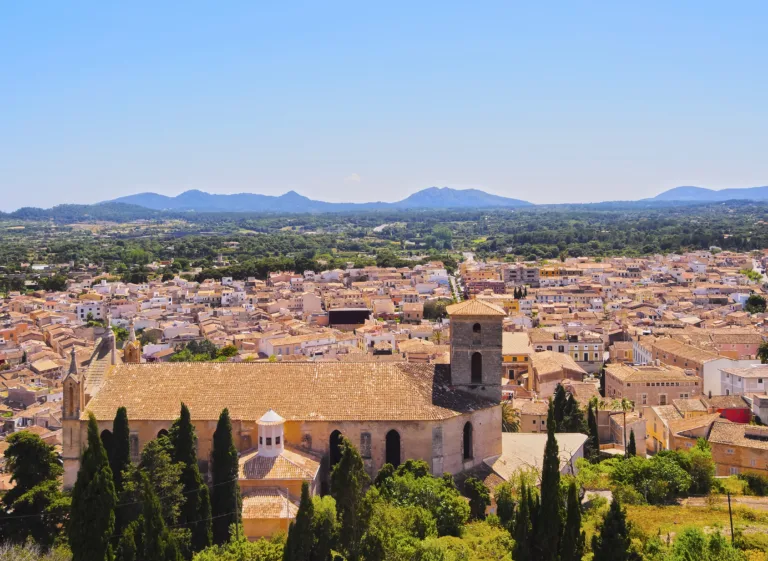If you want to embrace slow and mindful travel, come to Artà. Artà is a small, residential pueblo in the northeast of the island that has largely escaped tourist development. It’s a traditional and historic town that has the distinction of being the first in the Balearics to be certified a Cittaslow municipality, meaning that it has a high quality of life, a slow pace of life, and preserves traditions and the things that make it unique.
Artà is a quaint town nestled in a valley under the Serres de Llevant and is the perfect place to experience authentic rural Mallorcan life. You can find plenty of local goods, fine dining and local restaurants, luxurious boutique hotels, history, stunning views, and more with all the conveniences of a bigger city a short drive away in Manacor.
How to Get to Artà
Artà is located on the far northeast point of Mallorca in the Llevant region, past Manacor and near Cala Ratjada. It takes about an hour by car from Palma and about an hour and forty minutes by bus.
Driving
Artà is a long drive in island time but a very easy one. Follow Ma-15 for about 50 minutes. Then follow Ma-12 until you reach Artà.
TIB Bus
While the bus might not be the most time-efficient option, it is still a very good one. You’ll need to take two buses to get to Artà from Palma.
First, take the 401 TIB bus to Cala Millor from Palma. They leave every hour. Then sit back and enjoy the ride for 50 minutes. If you’re lucky, you might spot hot air balloons out the window.
You’ll exit at the first Manacor stop, Molí Hospital 2. Cross the street, past the windmill in the middle of the road, and turn right past the TIB stop heading back to Palma. Walk for about a minute and then turn left onto another street and then you’ll see the stop for buses going to Artà.
Take TIB bus 411 to Cala Rajada. You’ll ride the bus for about 20 minutes and get off at the third stop, Artà 2. Be sure to look out the windows on the way and don’t miss the almond and olive trees and grazing sheep, all in a green valley surrounded by mountains.
Where to Stay in Artà
Best Overall: Jardi d’Artà Boutique Hotel
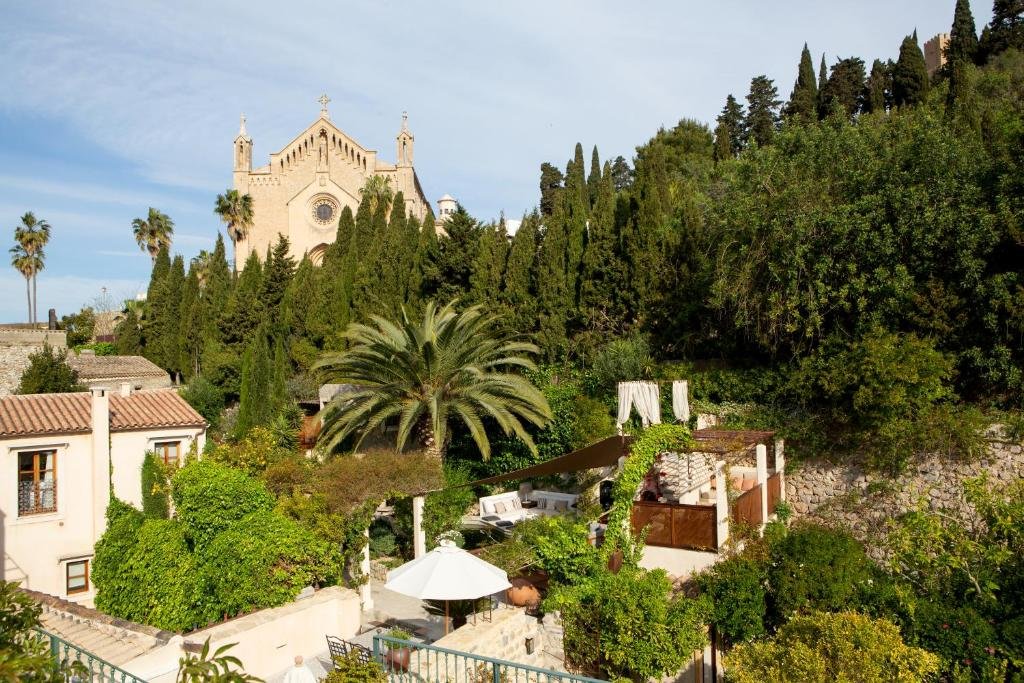
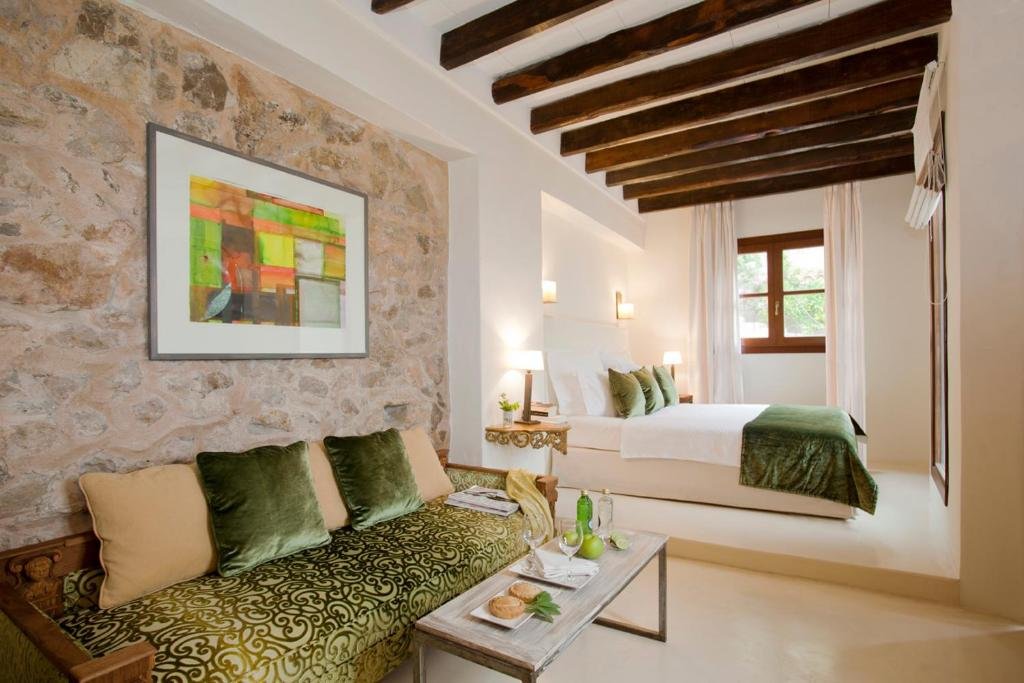
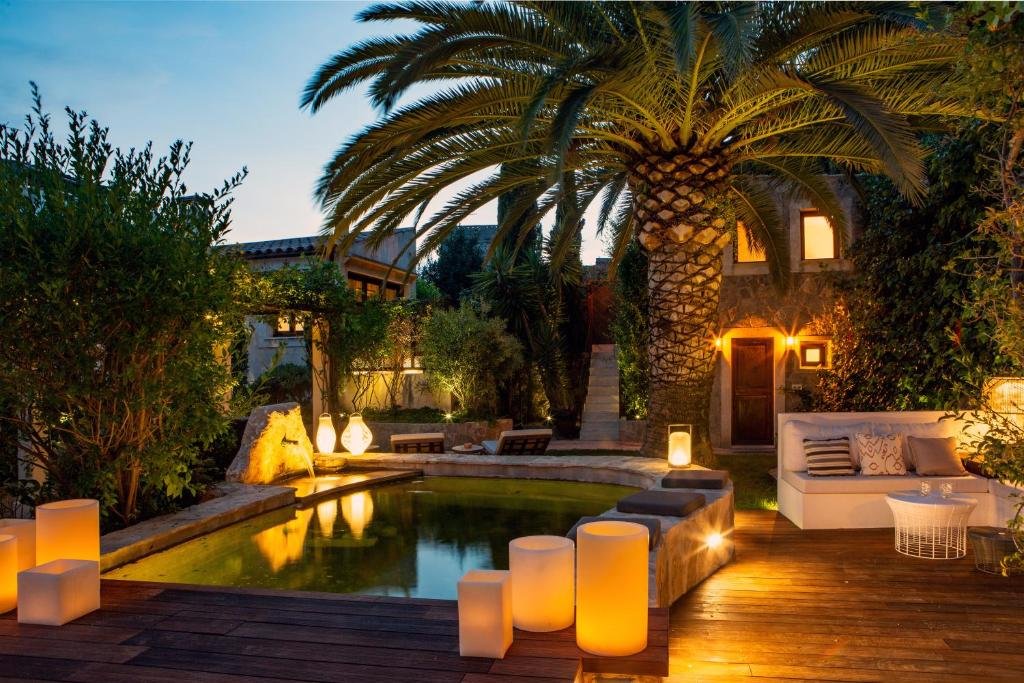
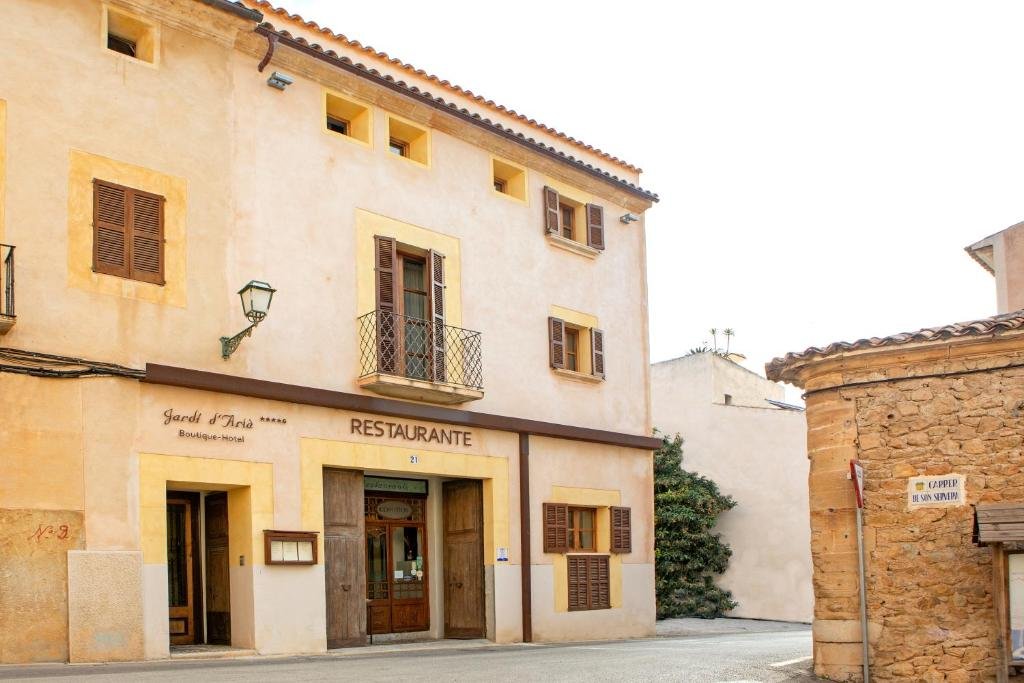
This oasis of gardens, pools, and tranquility is hidden away in the winding stone streets of historic Artà in a charming Mallorcan house from the 19th century near the Sant Salvator church. It contains nine charming and cozy rooms and two suites. Unwind after a day of exploring in their tranquil Arab garden or let the day melt away in their steam sauna.
Best Finca: Son Cardaix
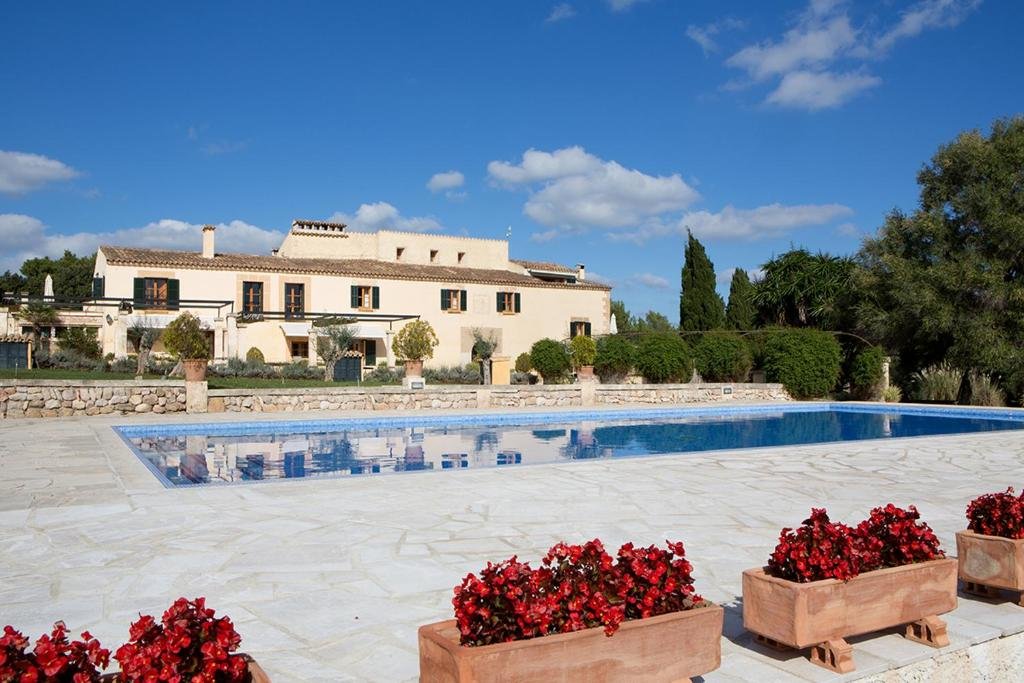
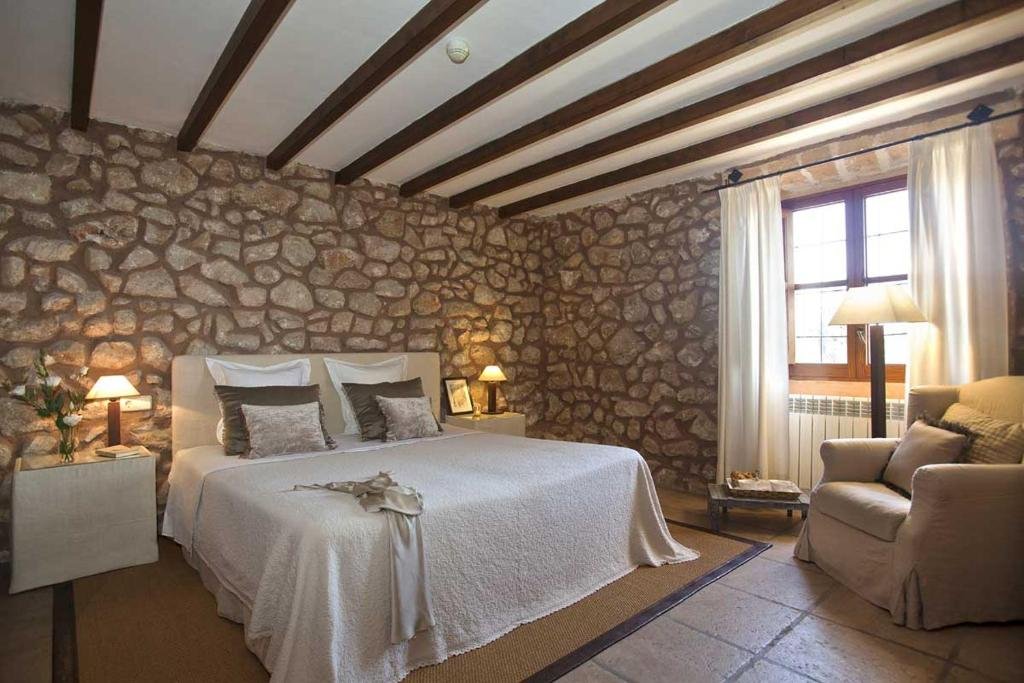

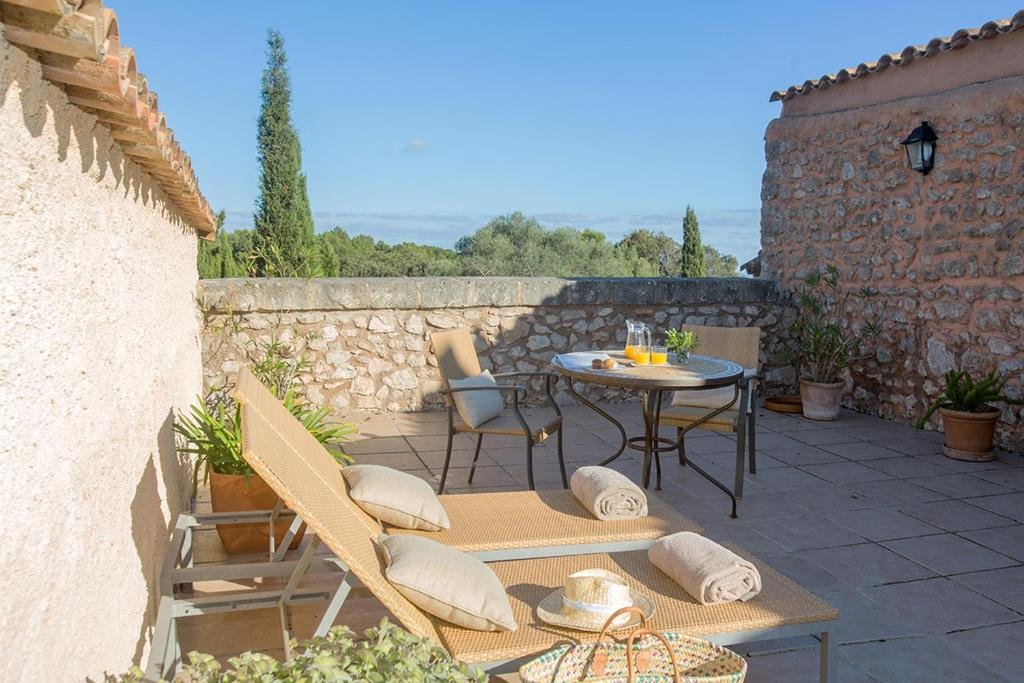
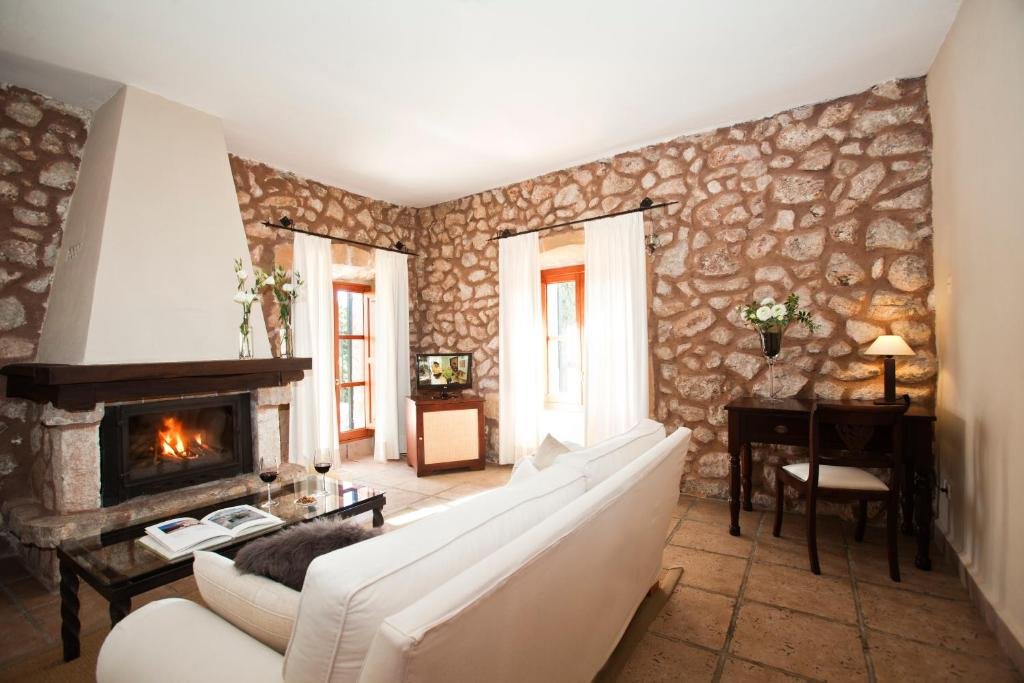
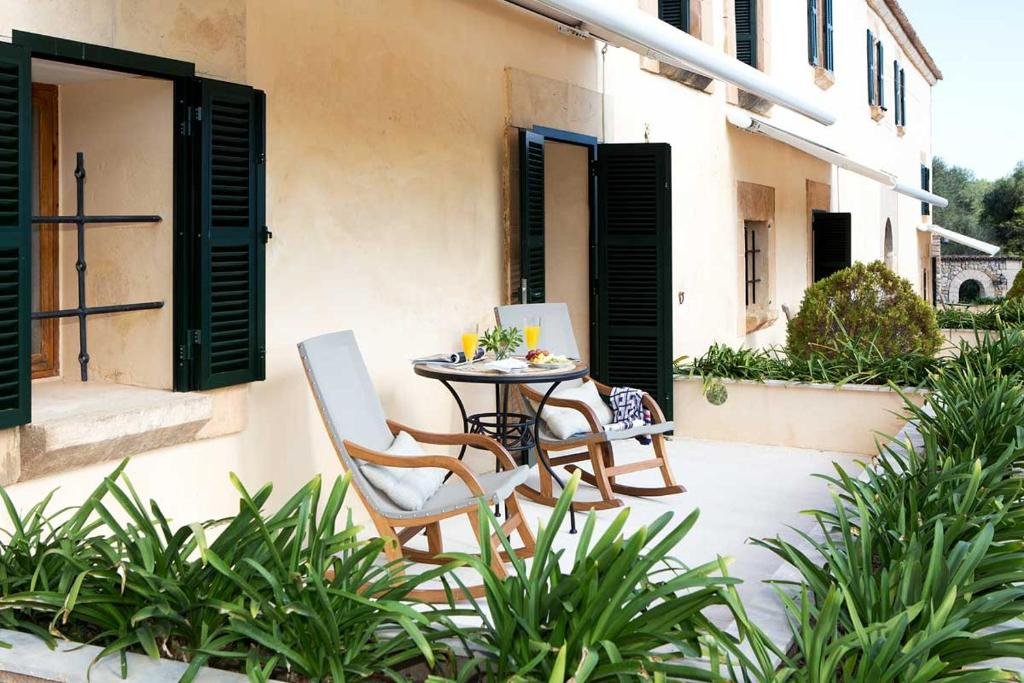

Unplug and disconnect in a gorgeous 15th-century finca surrounded by approximately 200 acres of farmland, olive groves, almond trees, and fruit orchards in the Llevant countryside. There is a restaurant on-site offering local dishes as well as a pool and jacuzzi. They have nine rooms that integrate comfort with historic details and antique furnishings. This estate is just outside Artà, a short three-mile drive away.
Best Value: Yartan Boutique Hotel

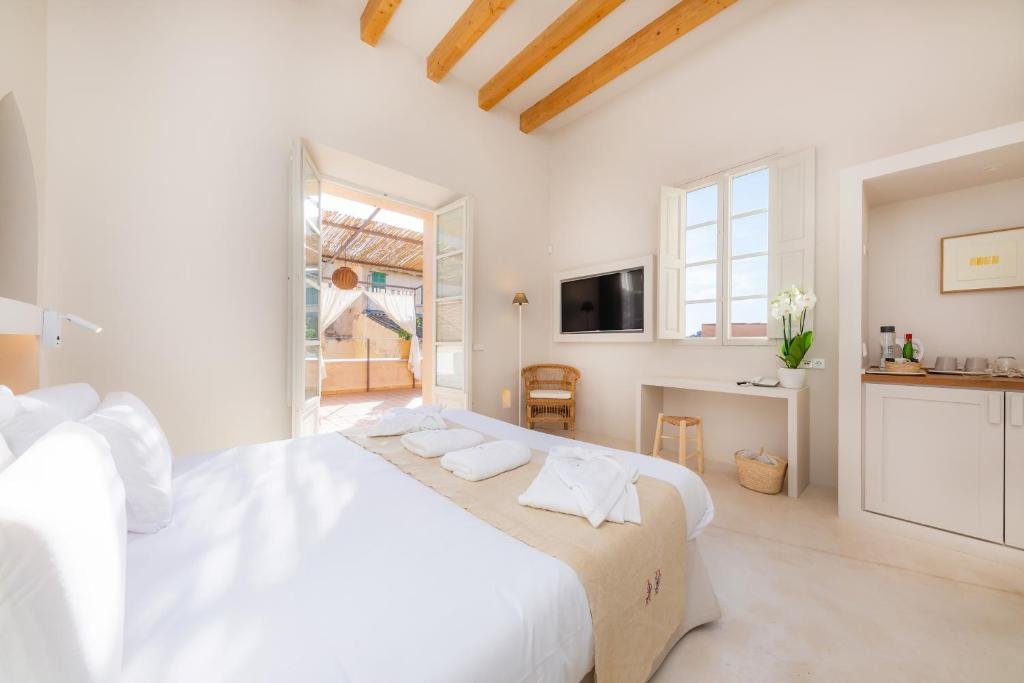
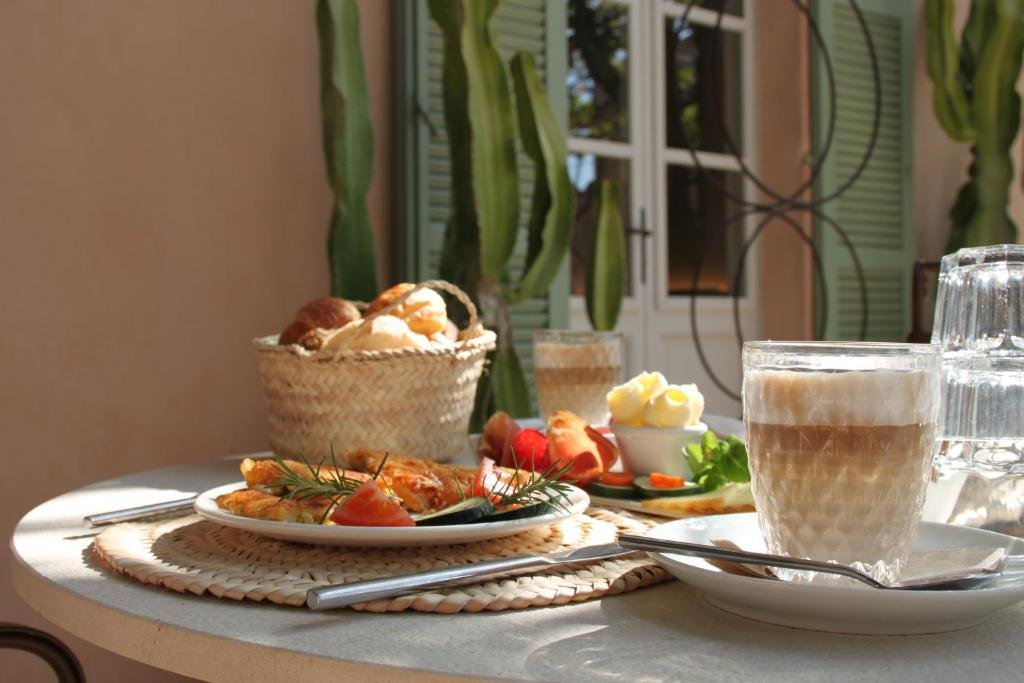
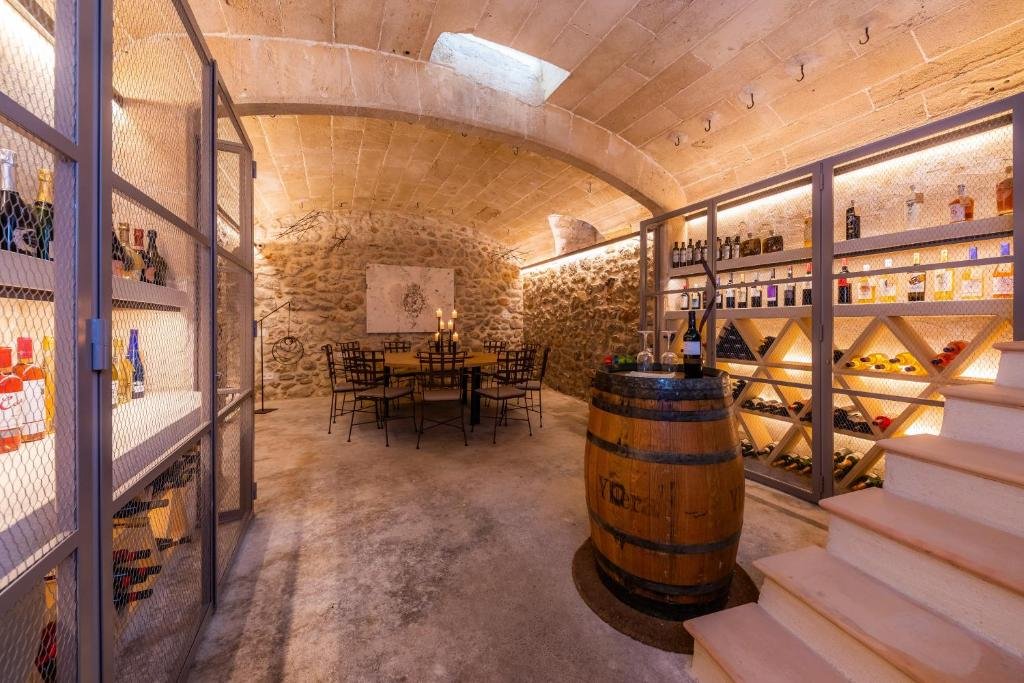
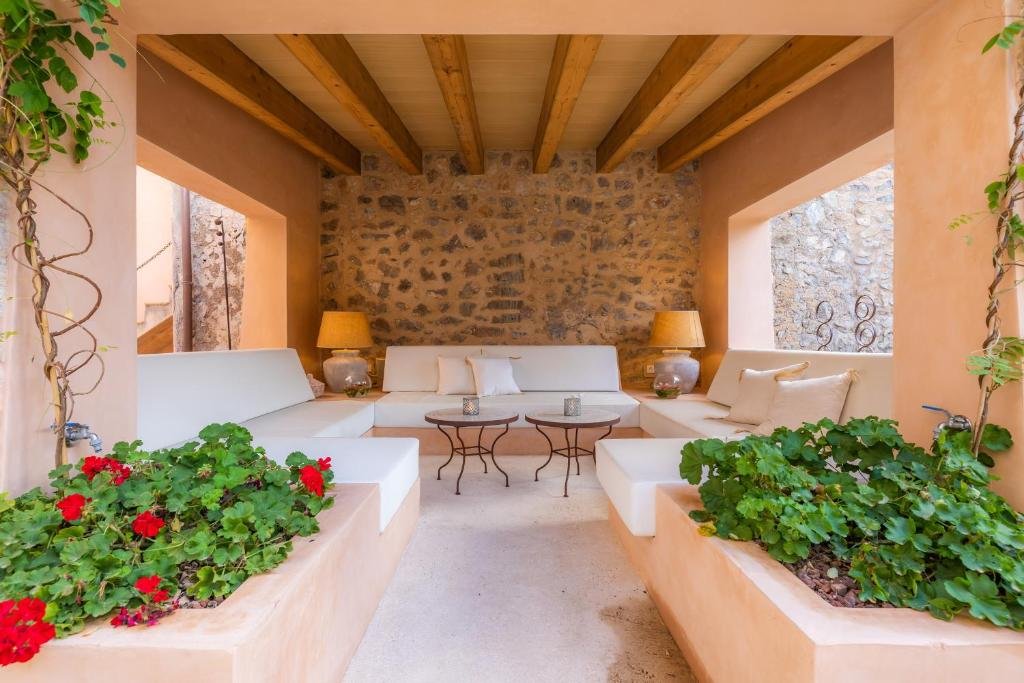

Yartan is a gorgeous boutique hotel right in the heart of Artà. However, the most impressive thing is the value you get. With a full-service spa, amazing amenities, and a world-class breakfast and wine cellar, it’s surprisingly affordable.
Where to Eat in Artà
Best Fine Dining: Restaurante Jardi d’Arta
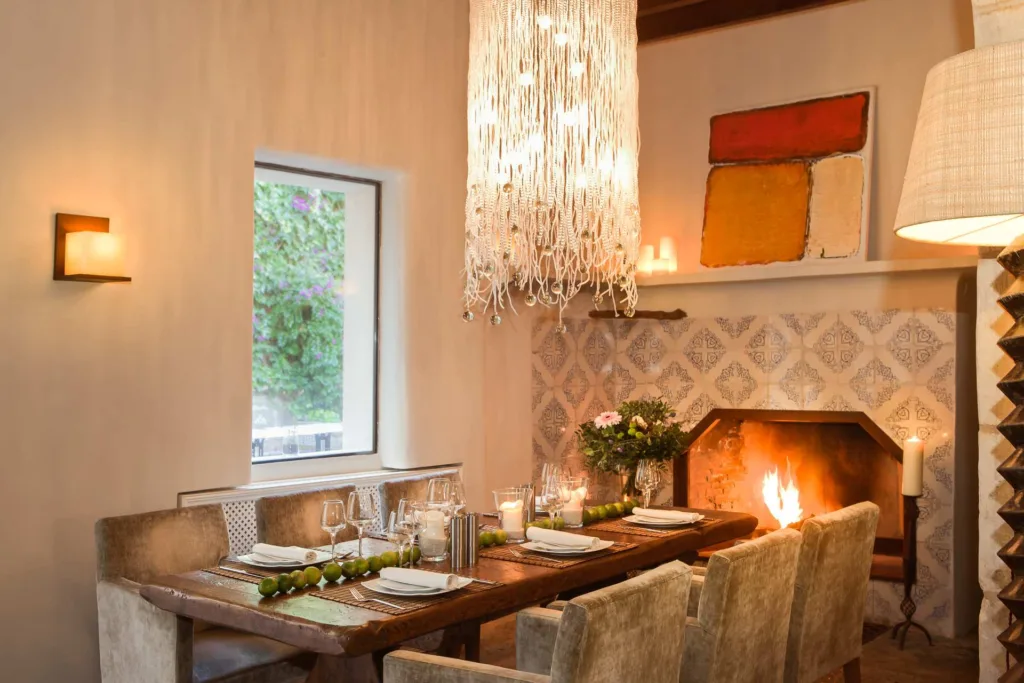
Look no further than Restaurante Jardi d’Artà for a fine dining experience in the heart of Artà’s old town. The small menu puts an innovative twist on Mediterranean dishes, sourcing local products. It’s located in a boutique hotel with terrace views of the town and the iconic Sant Salvador church.
Best Authentic Mallorcan Food: Ca’n Jaume
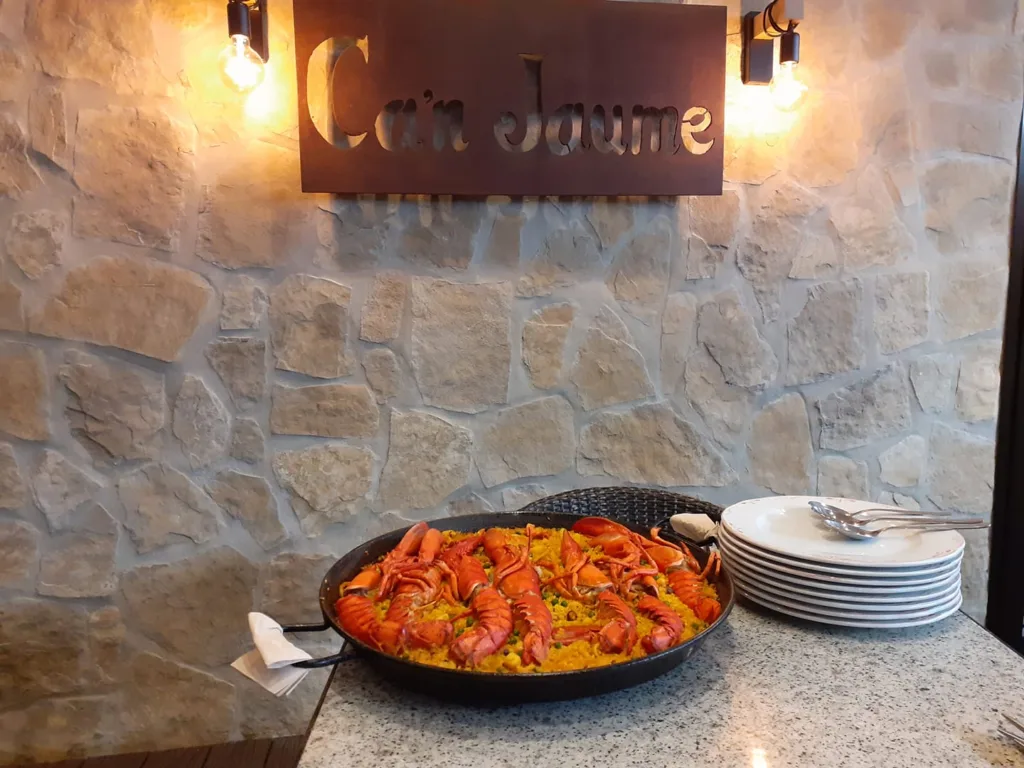
Eat like a local and check out Ca’n Jaume. This bar/restaurant offers a reasonably-priced menú del día and a variety of homemade Mallorcan dishes. It’s a more casual spot that is popular with the locals. It’s good, local home-cooking tucked away on a quiet street.
Things to Do in Artà
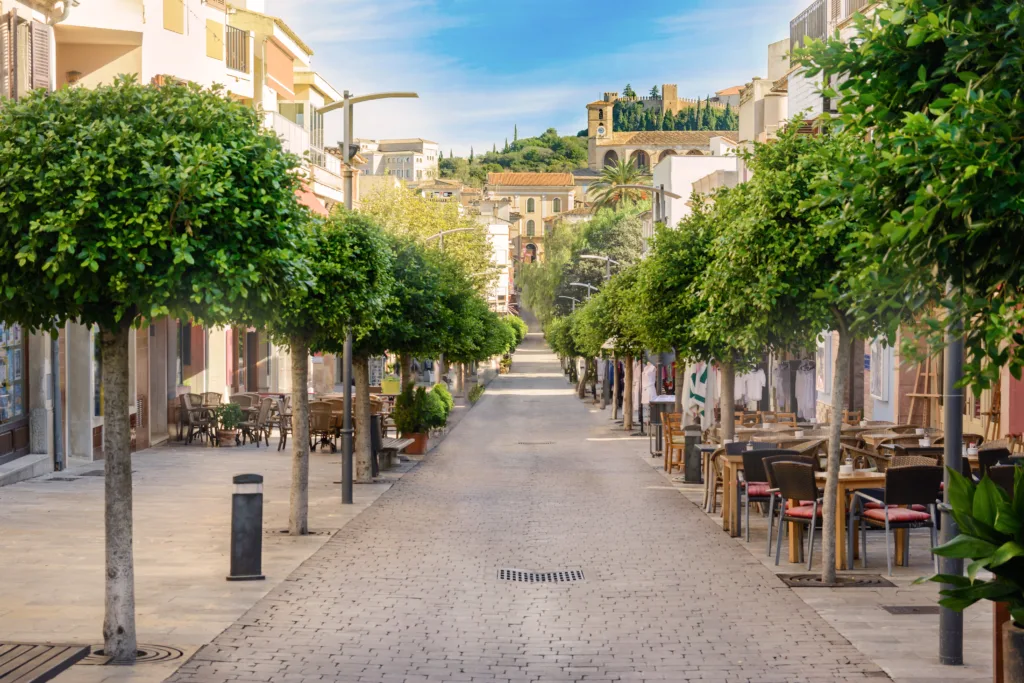
Go to the Market
Artà’s weekly market is held on Tuesdays from 9 am to 2 pm in the center of town, in Plaça del Conqueridor and the surrounding area. It’s known to be one of the more charming markets on the island and is a great way to experience local gastronomy and artisanal goods.
See the Sights
Santuari de Sant Salvador

As the most iconic landmark in Artà, this church and the fortress walls are a must-see for any visitor. It sits on top of a hill, Puig Sant Salvador, offering incredible views of the whole pueblo as well as the surrounding countryside. It was originally a Muslim mosque and stronghold dating back to the 10th century until after the Christians conquered the last Islamic strongholds in the mountains of Artà in the 13th century. King Jaime I converted the Almudaina into a Christian church. The walls were built in the 14th century and have been reconstructed over the centuries. The church in the center is not the original. This renaissance-style church was constructed in the 1830s after the original was intentionally burned down following its use as a hospital during a disease outbreak.
It’s easy to find the Santuari with signs posted all through the town pointing you in the right direction. And here’s a clue: if you’re going uphill, you’re probably going the right way. Once you reach the impressive Esglesia de la Transfiguracio del Senyor, a large Neo-Gothic church dating back to the 16th century, keep going up. Follow the tree-lined stairs. About halfway up, take a break to view the prehistoric caves nestled beneath the battlements and encircled by cypress trees. There is also a large cross in memory of the victims of the Spanish Civil War. Then keep going.
At the top, enjoy the views and linger for a while. Additionally, the church houses a small religious museum, including a statue of Santa María de Sant Salvador, believed to be the oldest wooden carving in Mallorca. There is also a small café inside the Santuari.
Exercise caution walking around the walls because some of the paths are a little narrow and there are no railings.
The Santuari is open from 8 am to 8 pm in the summer, and from 8 am to 6 pm in the winter.
Ses Païsses
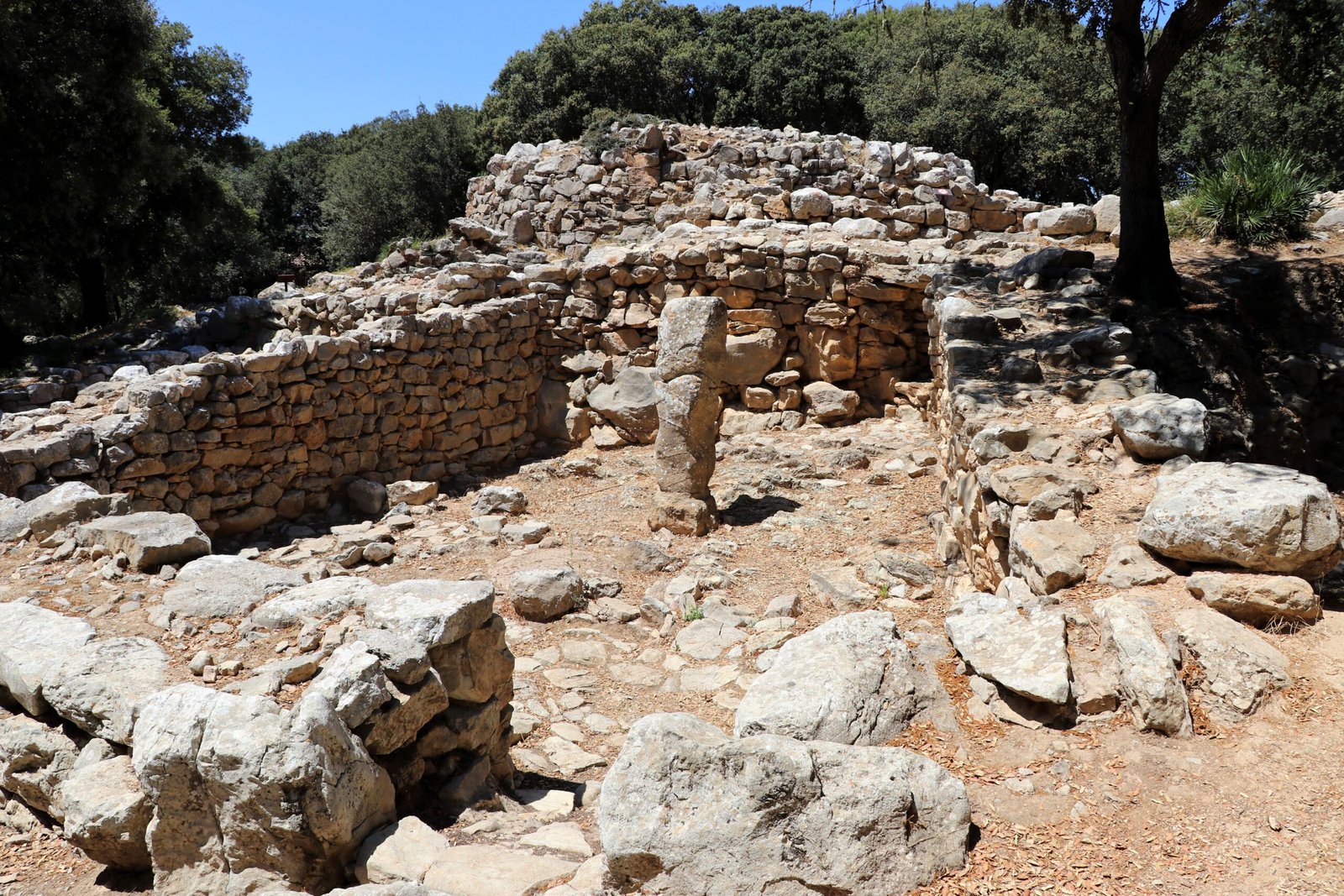
Calling all archeology enthusiasts! Ses Païsses is a Bronze Age Talaiotic settlement that is believed to date back to 1,000 BC and is one of the most important and best-preserved prehistoric sites in Mallorca.
The entrance fee is 2€. The site is open from 10 am to 2 pm in the winter. Between April and September, it is open from 10 am to 5 pm Tuesday and Friday, and 10 am to 2 pm Saturday and Sunday.
The site is an easy 15-minute walk from the Artà bus stop. There is signage, including a large billboard.
El Museu Regional d’Artà
Get a taste of local culture with Arta’s regional museum, located right beside the town hall. This small museum contains three sections: ethnology, natural history, and archeology, including prehistoric artifacts from the nearby Ses Païsses site.
General entrance is 2€.
Casa Museu de sa Rondaia de Pere Pujol
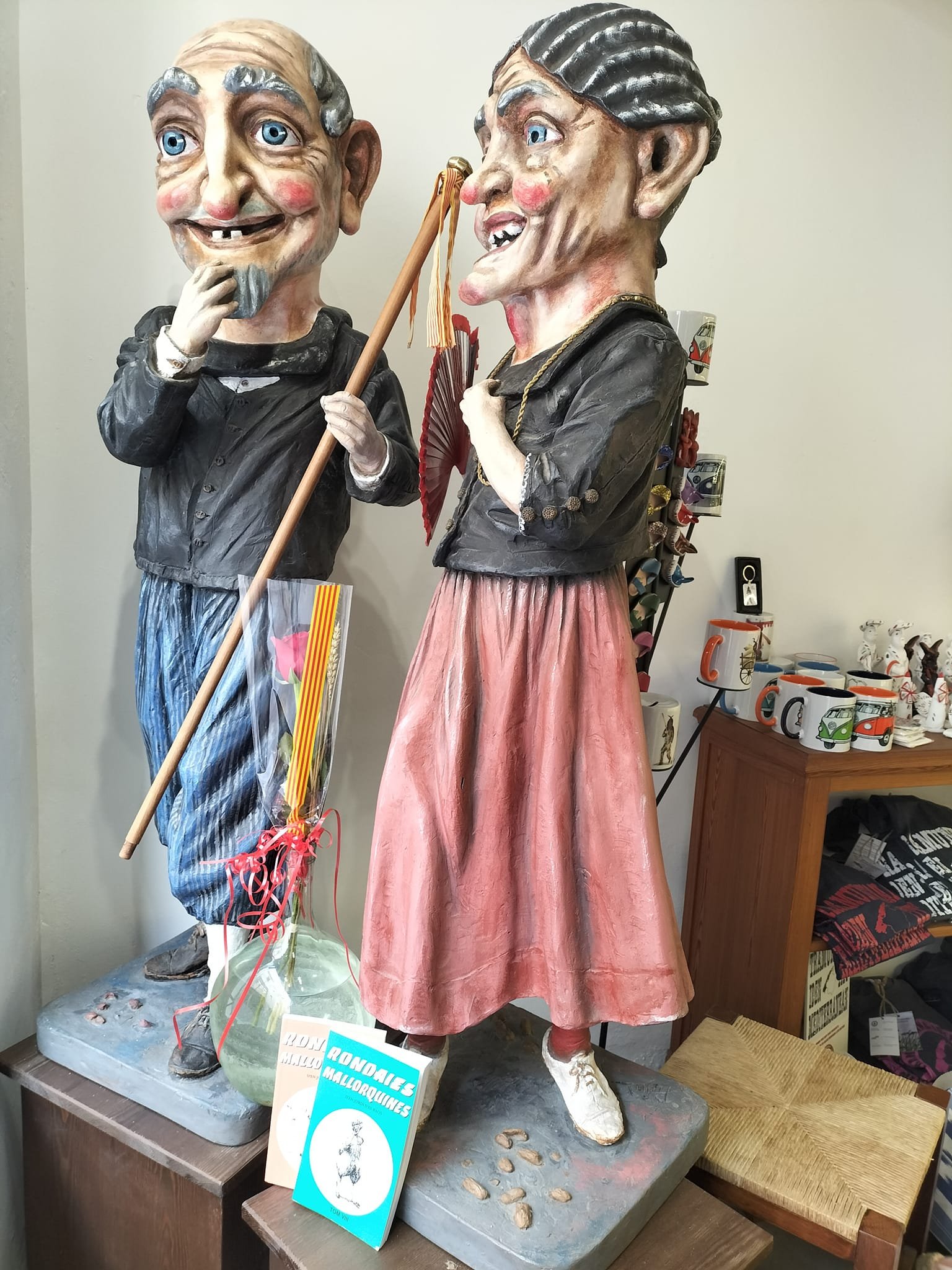
Fall into the world of Mallorcan folktales, rondalles, with this home museum dedicated to the preservation of these oral traditions. This traditional Mallorcan home built in the 1890s features sculptures by Artà artist Pere Pujol of characters from sa rondaia divided into four categories: magical tales, animal tales, scary stories, and religious tales.
This museum is open from 10:30 am to 1:30 pm on Mondays, Tuesdays, Wednesdays, Fridays, and Saturdays. The entrance fee is 4€ for adults and 2€ for children.
Go for an Adventure
Cuevas de Artà
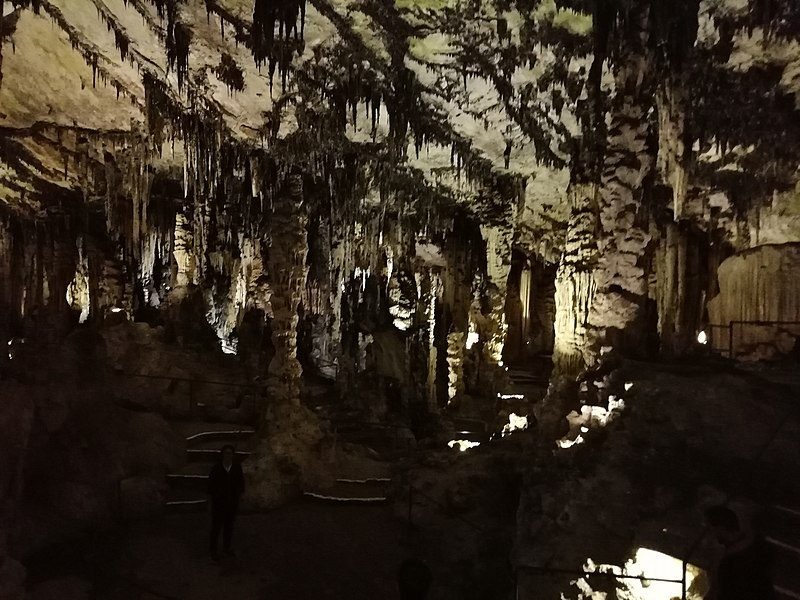
While the famous and flashy (and rightfully so) Cuevas del Drach aren’t too far away, don’t ignore the Cuevas d’Artà. These cavernous caves, besides impressive stalactites and stalagmites, offer views of the bay of Canyamul from the entrance and the exit. The guided tours, offered in Spanish, English, German, and French, last about 35-40 minutes and begin every thirty minutes. There is also a light and audio show.
The caves are open between 10 am to 6 pm from May to October and between 10 am to 5 pm from November to April. Tickets are 16€ for adults, 8€ for children 7-12, and free for children below 7. Special rates apply for residents.
Ermita de Betlem
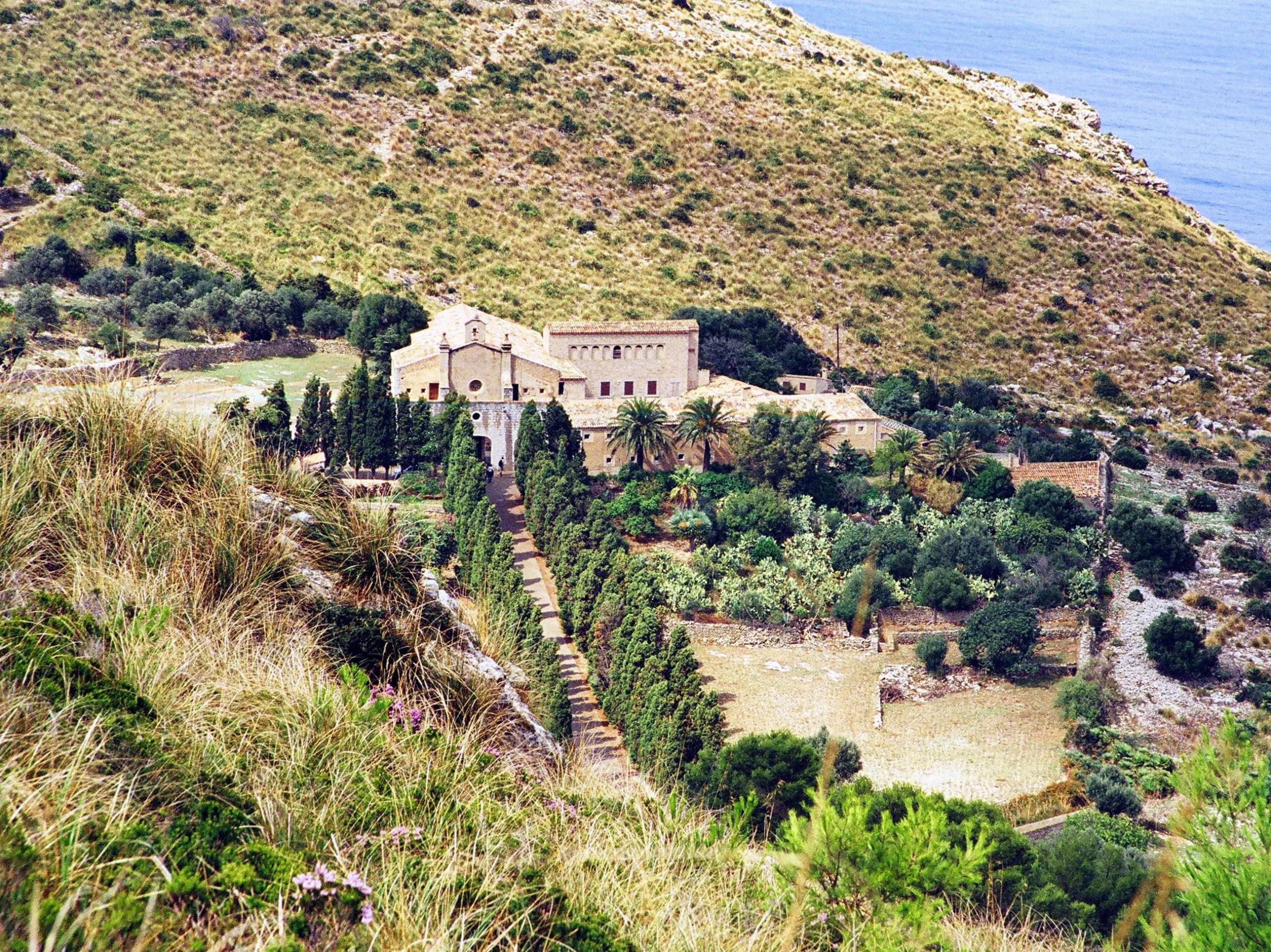
A mere six miles away from Artá is the Ermita de Betlem, a stunning 200-year-old hermitage in the mountains built on top of the ruins of Binialgorfa, an ancient Muslim farmhouse. The last monks left in 2010, but you can still visit. It is a tranquil site with artwork, a cypress tree-lined path, orchards, the Na Bernadeta fountain, a water mill, and views of the Bay of Alcudia. In addition to the hermitage, there are also the remains of an old watchtower and an oil mill from before the Christian conquest of the island.
You can access the hermitage by car, by bike, or on foot, all scenic. If you’re traveling to the hermitage from Artà by car or bike, take Ma-3333 (the detour from the hermitage). If you’re traveling on foot, there should be a trail next to the entrance to the Betlem housing development.
Go to the Beach
One of the many wonderful things about Mallorca is that you’re never too far from a beach. While Artà is inland, it is a short drive away from the gorgeous, family-friendly beaches of Cala Ratjada and Cala Mesquida.
Cala Ratjada
Cala Ratjada is 18 minutes away by car (follow Ma-15) and thirty minutes away by TIB bus 411.
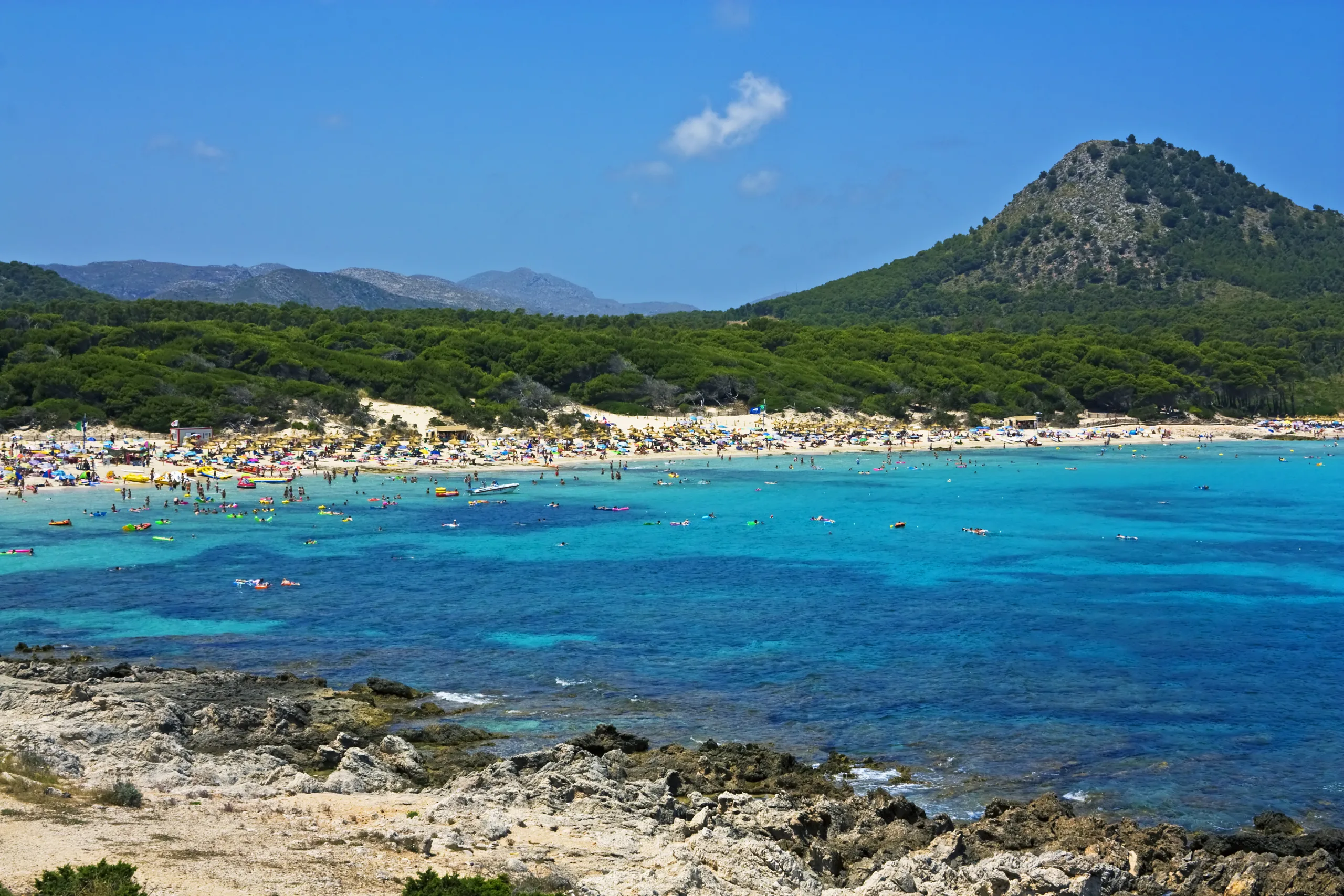
Cala Mesquida
Cala Mesquida is also about 18 minutes away by car via Ma-15, but is not accessible by bus.

Fires i Festes
San Antoni – January 16-17th
If you’re in Mallorca in January, you shouldn’t miss Sant Antoni, celebrated on January 16th and 17th. The dimonis come out on the 16th and the town dresses in white shirts and red scarves.
On the 17th, there’s a huge Cavalcada that fills the city with animals, tractors, and wagons. The route starts near the bus stops and proceeds through the town, around the ayuntamiento, and towards the church. First comes Sant Antoni riding a donkey and the dimonis and a band. Then, there are the horseback riders. A few of the horses even dress up for the holiday in red ribbon to match their riders’ scarves. Next are the horse-drawn wagons and then the tractor-pulled wagons.
When I went, the wagons were filled with people in traditional Mallorcan dress singing folk songs, drinking herbes, grilling meat, and dancing, tables laden with ensaimadas, coques, sausages, and other Mallorcan foods, and a variety of animals just along for the ride, like chickens, piglets, lambs, parakeets, bunnies, dogs, and pigeons. The whole town came together, spectators sharing food and drink with those in the cavalcada and vice versa, later congregating at the Esglesia de la Transfiguracio del Senyor for a church service. Later, the dimonis came out and everyone went running across the town dancing and singing with them. There was an incredible sense of community and tradition that I have seldom witnessed and I highly recommend the experience.
Sant Antoni de Padua – June 13th
A unique celebration in Artà, this holiday involves traditional cavallets, children performing a traditional dance along with music. This usually takes place in the Franciscan convent.
Sant Salvador – Beginning of August
Sant Salvador is the patron saint of Artà and he is celebrated the first week of August. They have a variety of activities such as bike races, parades, traditional music, expositions, and activities for children.
Fira d’Artà – Beginning of September
This autumn festival takes place the first Sunday in September and features agriculture and works from local artisans. There is mainly a large market but there are also activities for children.
Nadal – End of December/Beginning of January
Like many towns in Mallorca, the Three Kings visit Artà in a parade that ends in Plaça Major.

